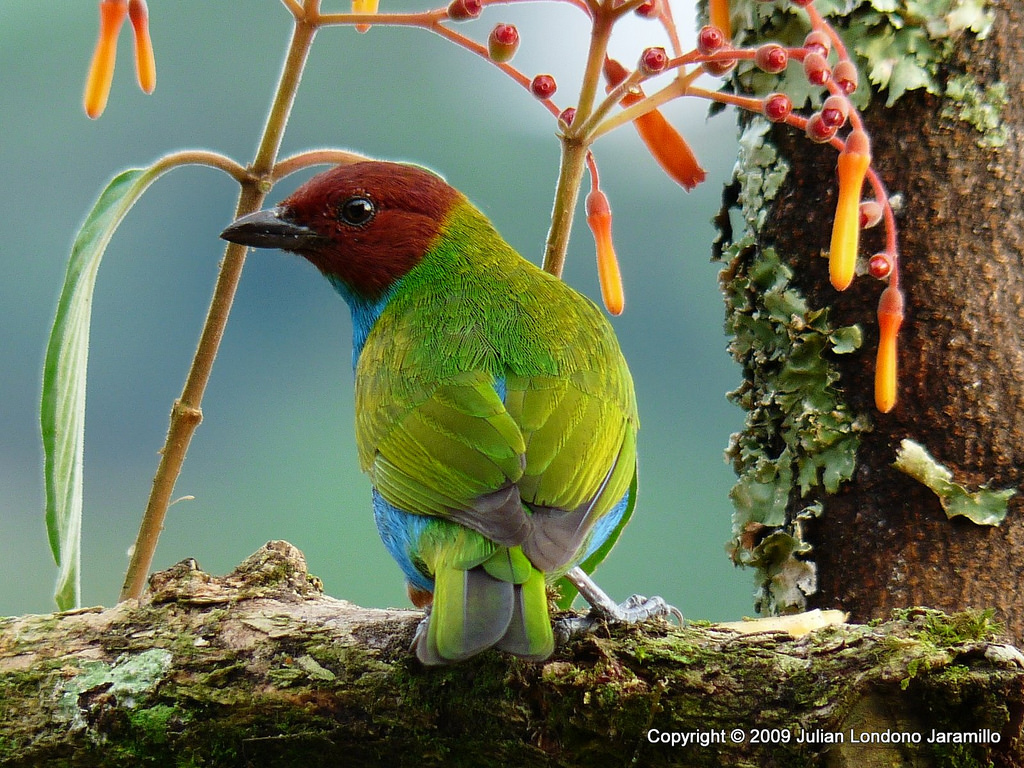This article is the fourth in a four-part series on a global study on Oil Palm Adaptive Landscapes.
In Colombia, a diverse group of people are coming together to explore and plan land use in oil-palm-rich landscapes in innovative ways.
They hope to ensure that the cultivation of the valuable export crop – used in commercial food and personal care products, as well as biofuel – occurs in ways that have sound economic and social benefits, and that do not impinge unduly on local ecosystems and biodiversity.
The work forms part of a larger project, titled Oil Palm Adaptive Landscapes (OPAL), which aims to improve the management of oil palm landscapes across Asia, Africa and Latin America. It represents a partnership between Swiss university ETH Zurich (ETHZ) the Center for International Forestry Research (CIFOR) and a number of NGOs and country partners.

A COLORFUL METHODOLOGY
Using a process called Companion Modeling, the OPAL team employs role-play games to get stakeholders sharing information, understanding each other’s perspectives, and working together to sketch – and transform – the larger structures of which their own experiences form a part.
“Through the game, we can start to understand the socioecological system better, in both the local and the global context,” explains CIFOR scientist Pablo Pacheco. “We can also facilitate dialogue, and ‘walk through’ possible future scenarios to test out their impacts.”
In the Colombian chapter, this ‘walking through’ of alternative futures is quite literal: the game is played on a full-color five-by-five-meter printout of a generic Colombian landscape. “You stand on the game and you can see where the river is, where the highways are, and where the plantations are,” describes Alejandra Rueda from NES Naturaleza, one of the country partners for the project, alongside the Universidad Pontificia Javeriana and WWF Colombia. “It helps the players to visualize where they are, and to extrapolate out from there.”
Adds ETH Zurich scientist Claude Garcia, “you walk on the landscape to your oil palm plantation, and then you take the bunch of fresh fruit and walk to the industrial mill … it’s like you’re really there.”
Through the game, we can start to understand the socioecological system better, in both the local and the global context

